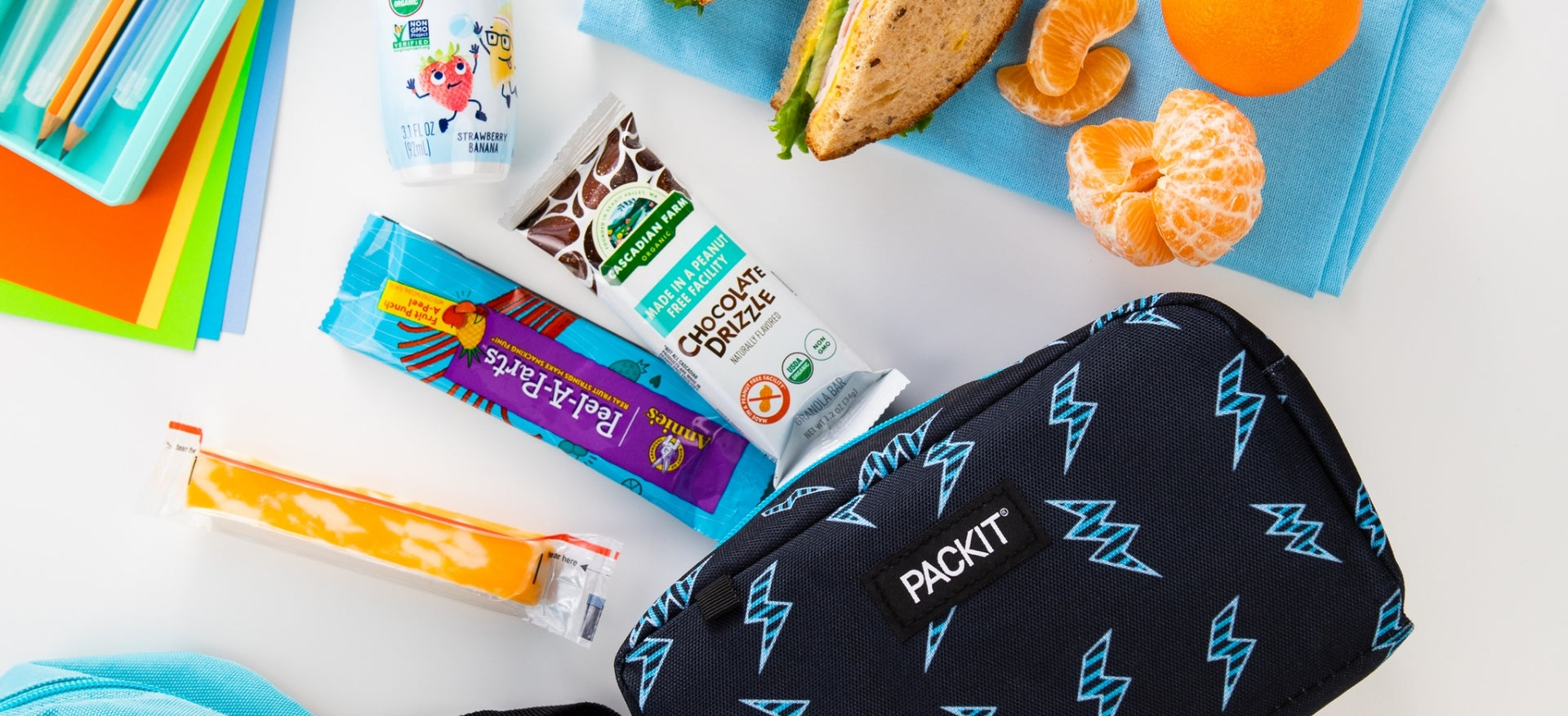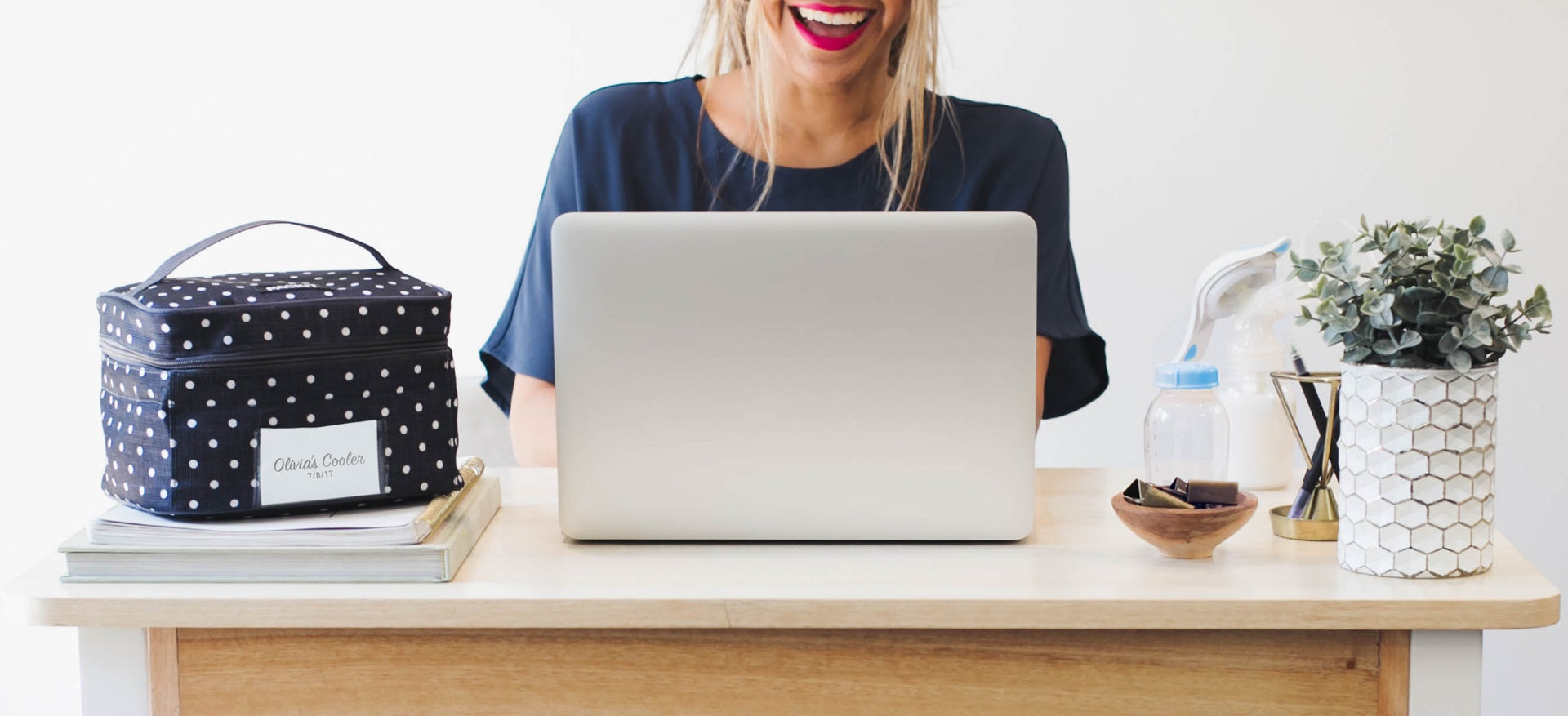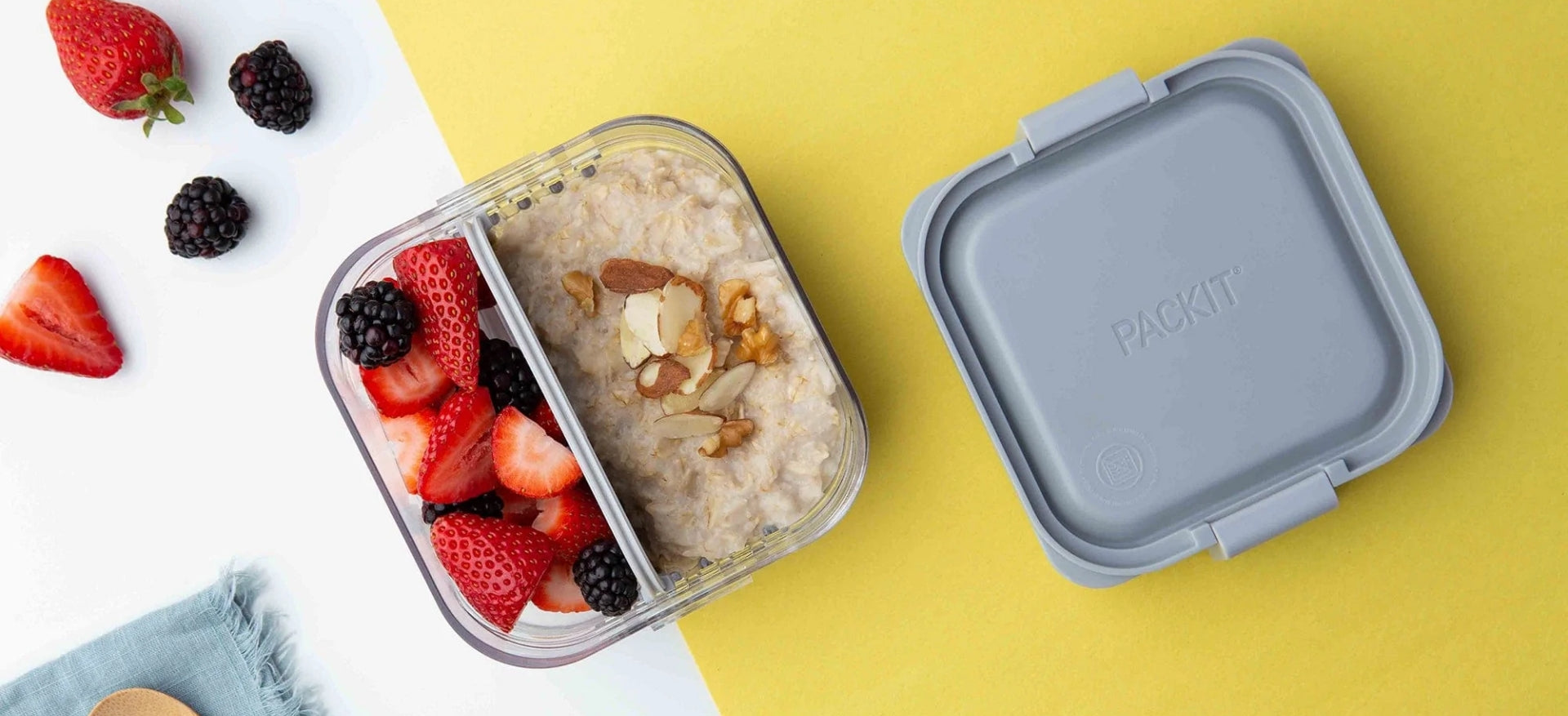Packing Lunch vs. Buying Lunch

During the hectic work week, it's easy to skip packing lunch and find yourself buying lunch, even if you didn't plan on it. Sure, ordering food is more convenient than ingredient shopping, prepping and packing a midday meal, but convenience comes at a price – and it's not always one you can assign a dollar amount to learn about the differences between packing lunch and buying lunch — and what you can expect when you bring your lunch to work.

Packing Lunch Saves Money
If you're looking for ways to cut expenses, follow the advice of experts who recommend saving money by not eating out.
According to a Visa lunch survey, Americans who buy lunch spend almost $5 more per meal on average than those who pack lunch. With the average work year consisting of 260 days, the difference can add up quickly.
Driving to pick up your order, eating at a full-service restaurant or having lunch delivered? Remember to add gas and gratuity to calculate the cost of buying lunch accurately.
Packing a lunch is a more cost-effective way to eat at work – and you can pocket that tip for your extra effort.
Bring Your Lunch to Work for Health
Researchers have found that cooking at home results in a healthier diet. We'll be the first to admit that knowing that doesn't make it any easier to do, especially if you find cooking to be a chore. Fortunately, it's possible to make satisfying, nutritious meals without even boiling water by incorporating healthier packaged foods when you pack your lunch, including:
- Store-bought rotisserie chicken
- Canned salmon or tuna
- Canned beans
- Refrigerated soups
- Roasted and pickled vegetables in a jar
Combined with grocery staples like bread and condiments and raw ingredients such as fruits and vegetables, you can create a healthy, complete meal that doesn't put you in the kitchen or leave you wanting more.
You may already bring your lunch to work if cooking isn't a dealbreaker for you, but it's common to fall into a rut with your go-to meals, and before you know it, you're buying lunch to go. Whether you enjoy cooking or use your kitchen for storage, with a little research into fresh meal ideas that work with your lifestyle, you can learn how to make lunch every day and love it.

Buying Lunch Can Contribute to Food Waste
There's no question that buying lunch takes its toll on the environment. In addition to single-use takeout food packaging, people are far more likely to leave food on their plates at restaurants in addition to the uneaten food left at home when they dine out.
Most of us have kept leftovers in the fridge until trash day or bought produce that went bad before we ate it. According to the USDA, food waste is estimated to be as high as 40% of the US food supply – that's 133 billion pounds, the single largest category of material in landfills. Rotting food in landfills generates methane, an abundant and harmful greenhouse gas.
It's a complex problem; simply packing a lunch won't solve it. But if you want to make more eco-friendly personal choices, reduce food loss and avoid single-use plastics, bring lunch to work using a reusable system of bento containers and lunch boxes or bags.
Packing Lunch Is Easy With PackIt
When you're ready to start packing lunch, check out PackIt's freezable lunch bags. PackIt is the bag that's an ice pack – fold it, freeze it overnight, and the built-in ice packs keep food cold for hours. We take the work out of bringing lunch to work. PackIt makes it easy to save money, eat fresh and healthy foods and reduce food and packaging waste. Lunch is served!
Shop Now

